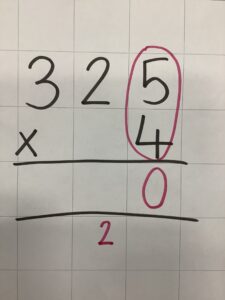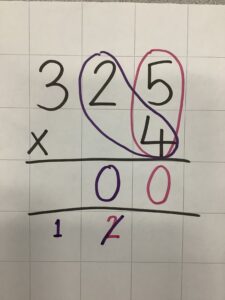Active travel and safety around the school gate
Science: How are rocks different?
Enquiry question: How are rocks different?
Scientific skill: I can record findings from a comparative test.
Last Friday, Year 3 completed three small tests to find out how rocks are different.
- The ‘scratch’ test: Use a nail or paperclip to scratch a rock to find out how hard or soft it is. The softer it is, the more of a mark it will have.

- Does the rock react with acid (vinegar)? We put a small amount of white vinegar on the rocks to see if they would react. There might be a change in colour, bubbles or no reaction.

- Will it float or sink?

Each table had one rock to focus on then at the end, each group shared their findings.
Here’s what we found:

Help at home by researching this question.
Is chalk a hard or soft rock? Why would it be hard to see the scratch test on chalk?
Spring 1: Week 2
PE
Over the half term, we will be developing our yoga and dance skills. We have started with yoga. The children have been enjoying learning yoga and balancing in the different positions. We have talked about yoga being a form of meditation and how different types of breathing can affect how we feel.


Reading
The children are doing really developing their phase3 phonics knowledge. After looking at the Little Wandle reading report online, I can see some people are not access the books frequently. Please do let me know if you are having any issues with the website.
Help at home by: reading regularly.

Maths
We have been looking at one more of numbers up to 5. The children enjoyed making their own Numberblock staircase and getting their friend to guess which Numberblock was missing.




Poetry Picnic
Our poem about snow was very appropriate this week. The children took it in turns to perform it to the rest of the class.
Thank you to all those parents who came to the stay and learn session this week. The children enjoyed sharing their learning with you.


If you haven’t already, please could you give feedback using the QR code from Tuesday’s post.
Living and Learning: drug education
For the past two weeks, we have been focussing on drug education. We defined a drug as ‘a substance that changes the way the body or mind works.’
Year 6 looked at what might influence a person to use drugs. They were asked to discuss what would most influence whether a person would use the drug. This is a group’s answer ranked with the most likely influence at the top.

They were then asked to rank what is mostly likely to influence someone not to use the drug. This was another group’s answer.

As this was group work, the children used their oracy skills of actively listening to others and respond respectfully as we know that people can have different opinions.
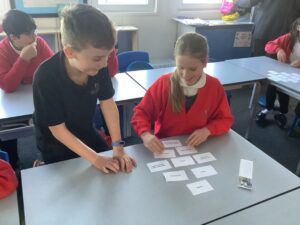
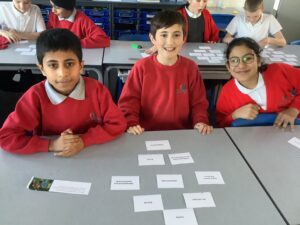
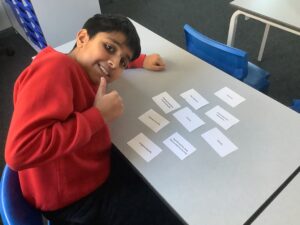
Knowing people can be influenced, we looked at the 3 different ways someone can respond to the pressure.

The children were given scenarios to read and asked to identify who or what the character is being influenced by and whether they are feeling pressure, including peer pressure (pressure from those around them). Then, consider the different ways the character could respond:
∙What would be an example of a passive response? For example, joining in with the group to feel included
∙What would be an example of an aggressive response? For example, shouting “no” and being rude to others
∙What would be an example of an assertive response? For example, saying a calm, firm but polite “no thanks”
Help at home: Read the scenario and discuss what would the 3 ways to respond be.

Lotherton Hall trip
Yesterday, Year One had a fantastic trip to Lotherton Hall to learn about animals and their habitats. Guided by the educational specialists, we explored different habitats and the animals that call them home.
We compared the skulls of a herbivore and a carnivore, noticing how their teeth are perfectly suited to their diets. The children were fascinated to learn that penguins have sharp tongues to help them grip slippery fish!
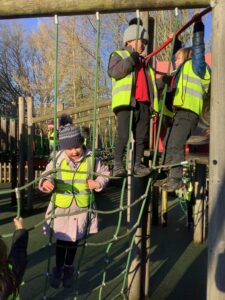
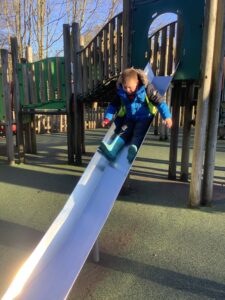

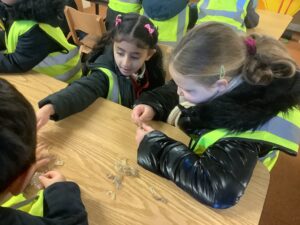
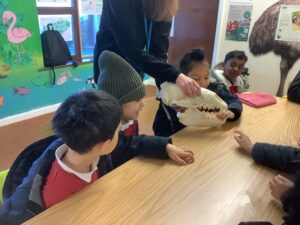
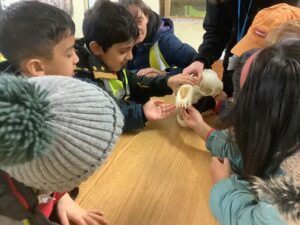


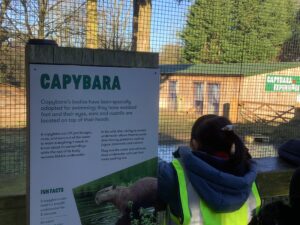
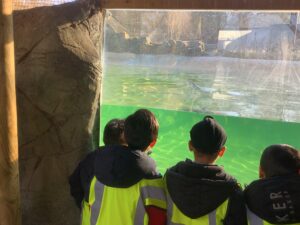
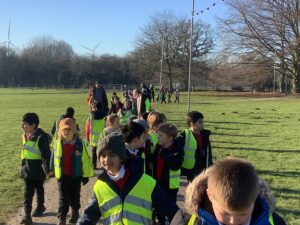
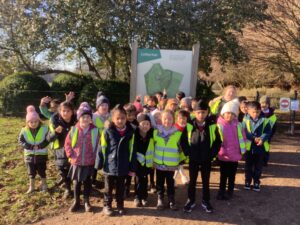
Help at Home by:
- Explore your garden or local park and talk about the animals and their habitats.
- Read books about animals and how they survive in the wild.
- Watch nature documentaries together
Spring term after-school clubs
We’ve had a great first week to our after-school clubs. There are some places available on the following clubs if your child would like to join. Please refer to the letter below to show the relevant year groups.
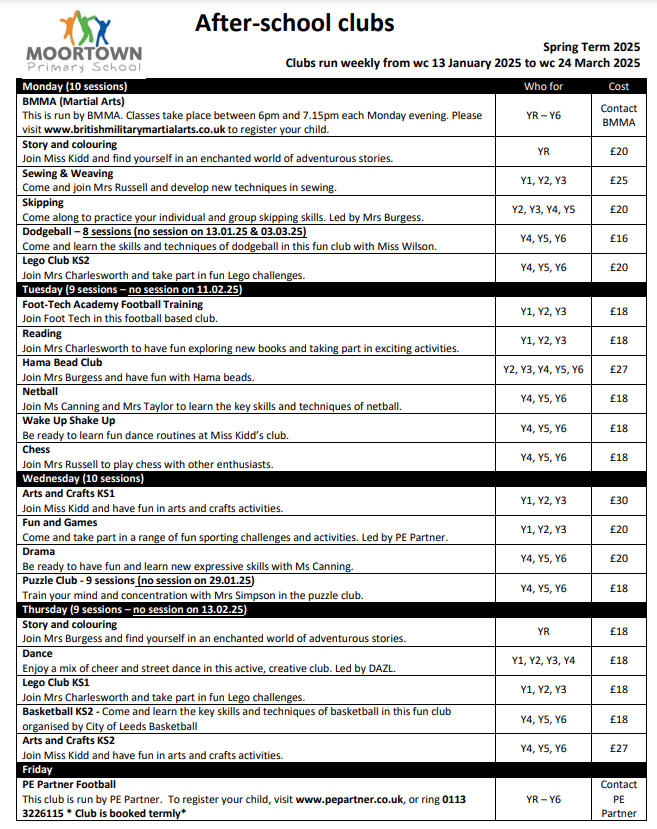
Exploring habitats at Lotherton Hall!
Today, Year two had a fantastic trip to Lotherton Hall to learn about animals and their habitats. Guided by the educational specialists, we explored different habitats and the animals that call them home.
We compared the skulls of a herbivore and a carnivore, noticing how their teeth are perfectly suited to their diets. The children were fascinated to learn that penguins have sharp tongues to help them grip slippery fish!
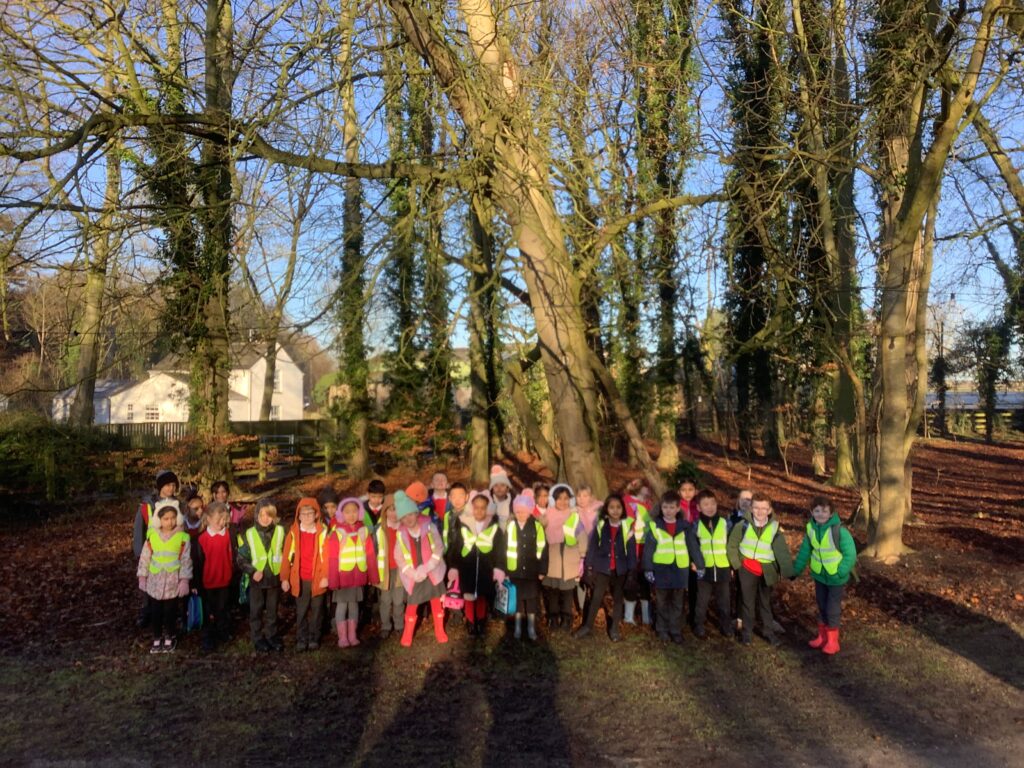

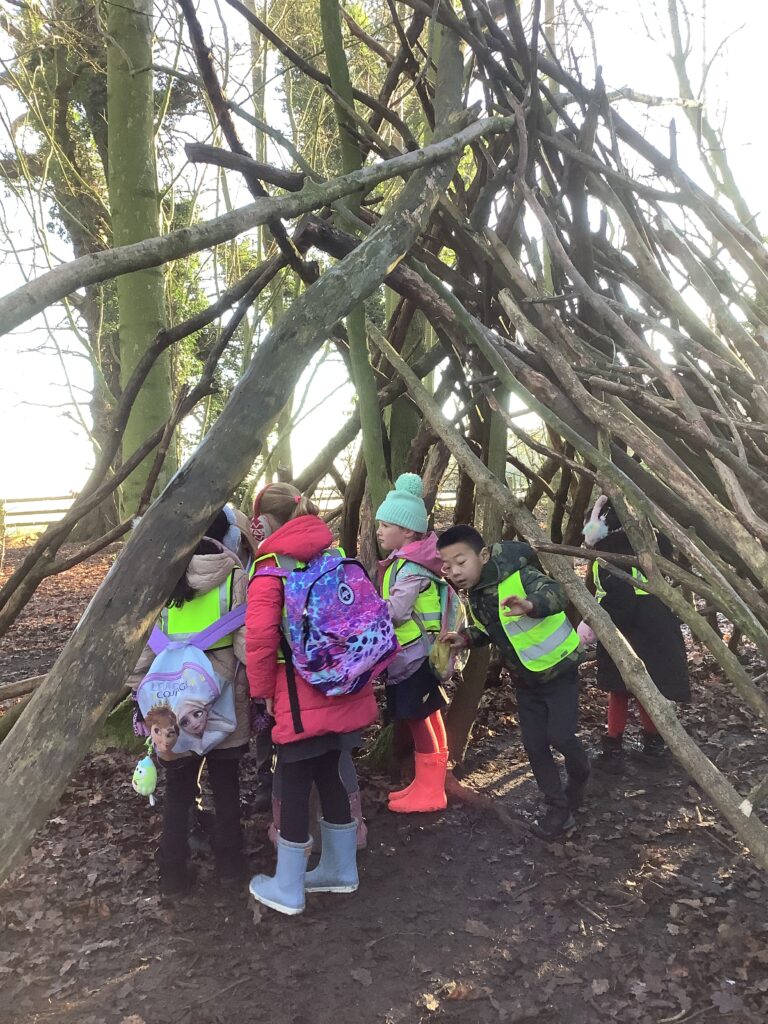
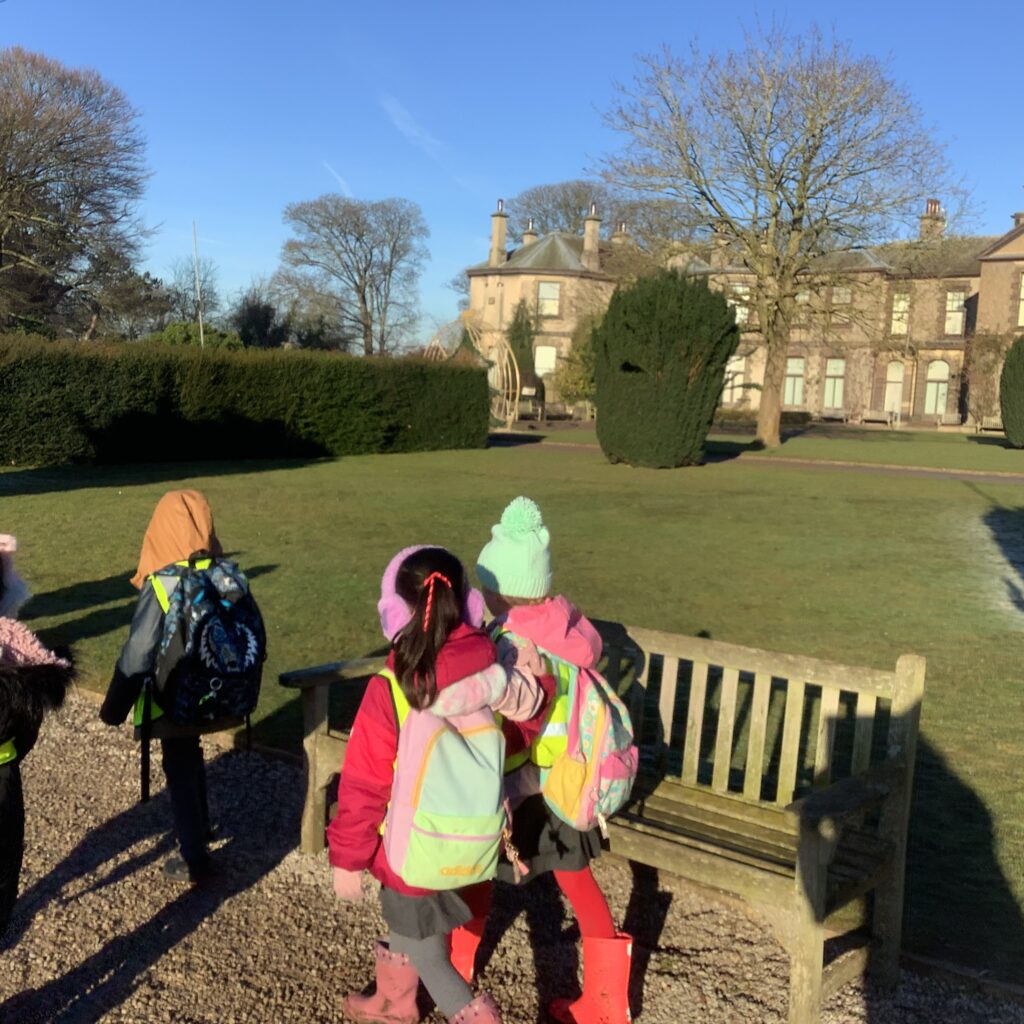
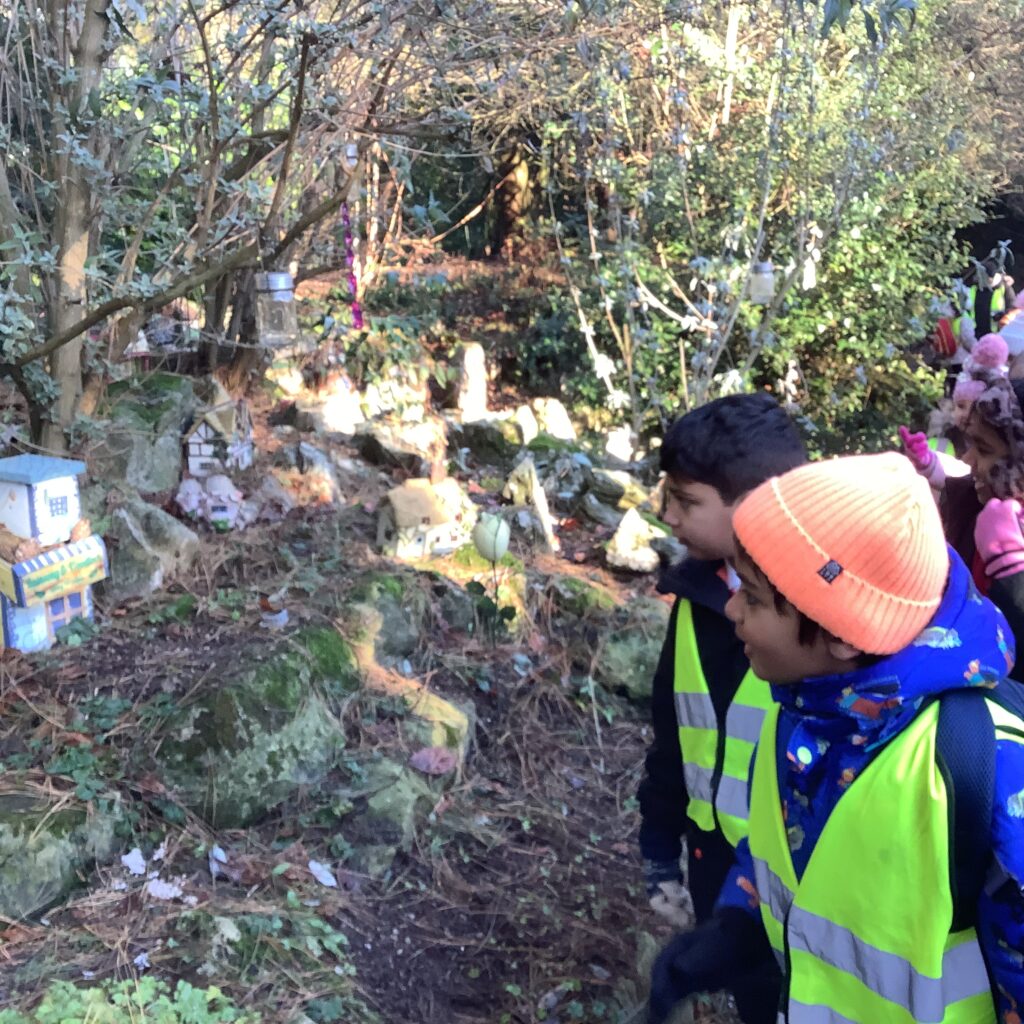
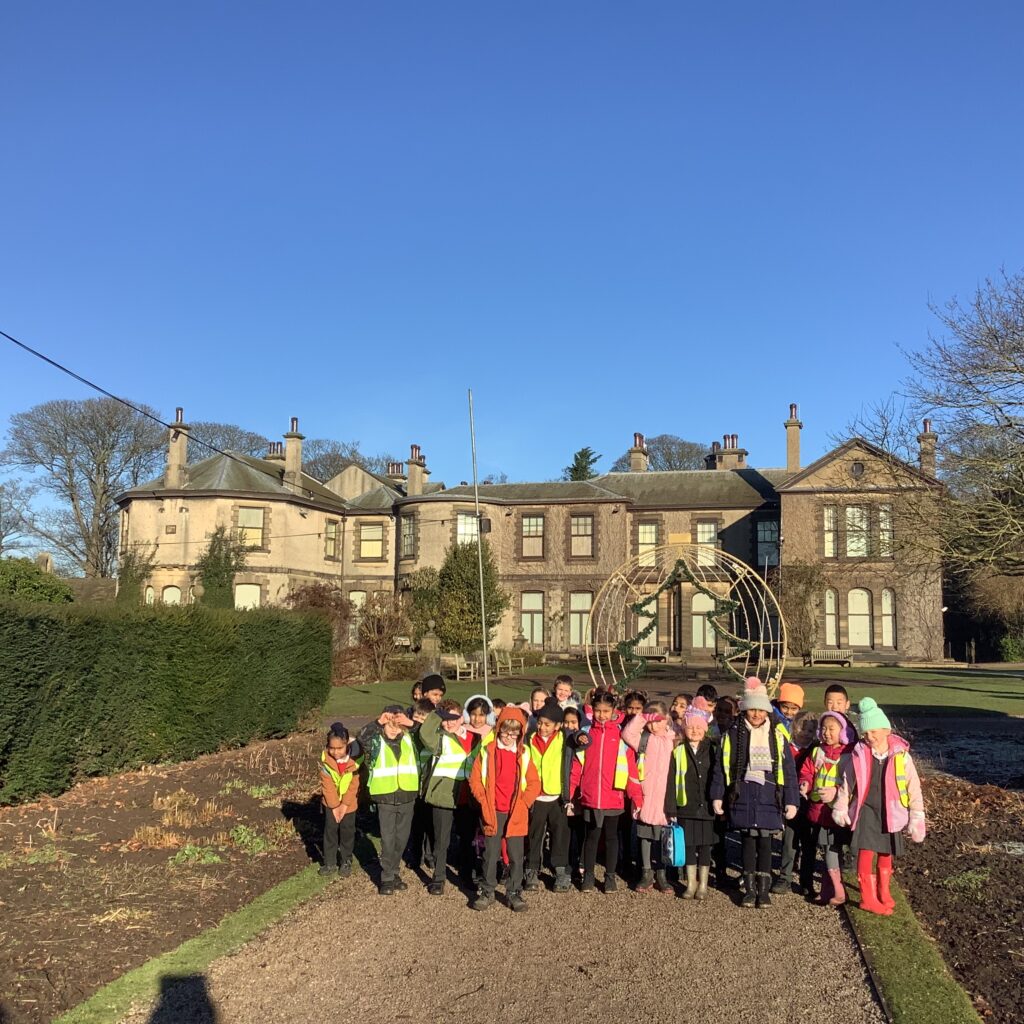
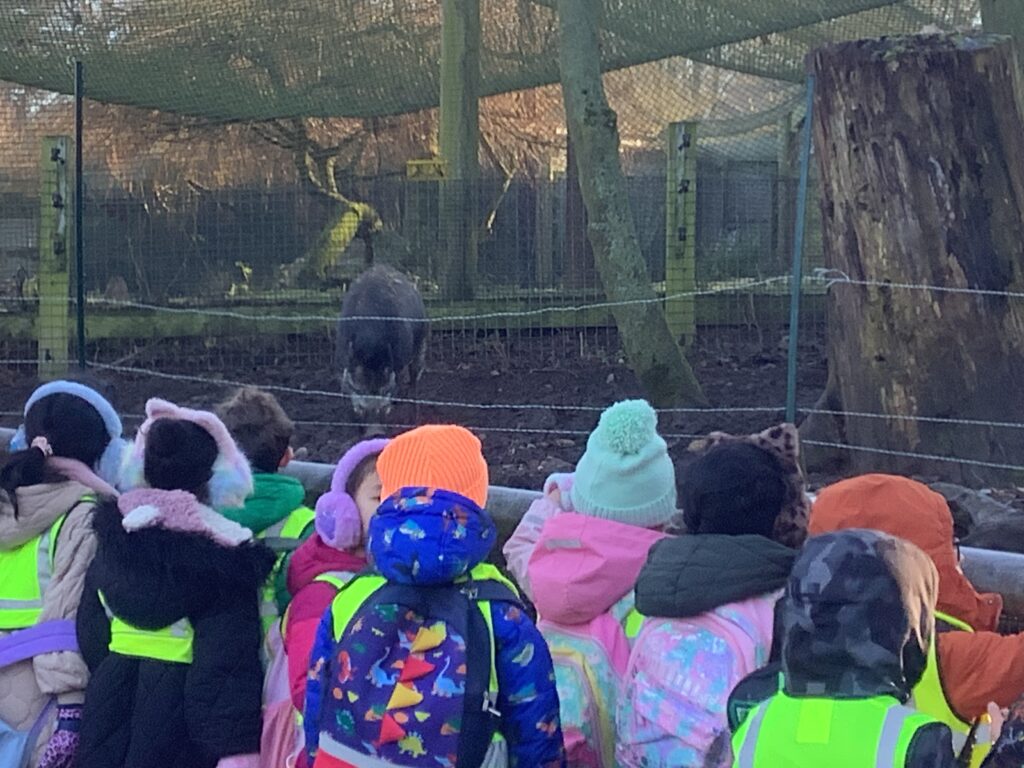
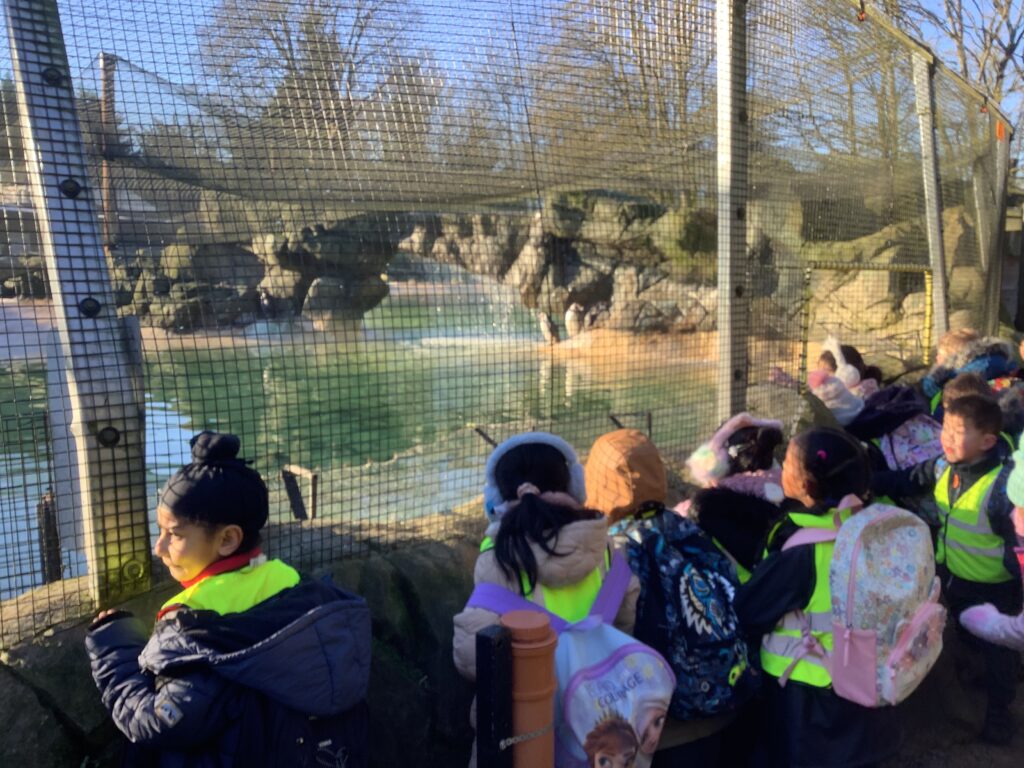
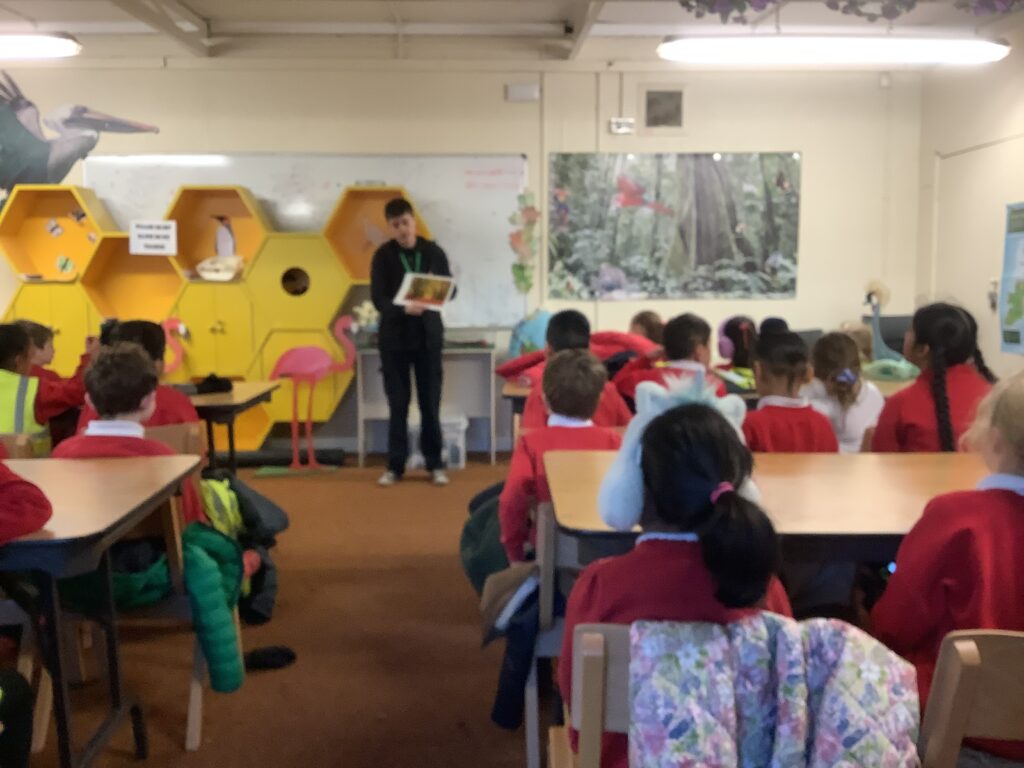
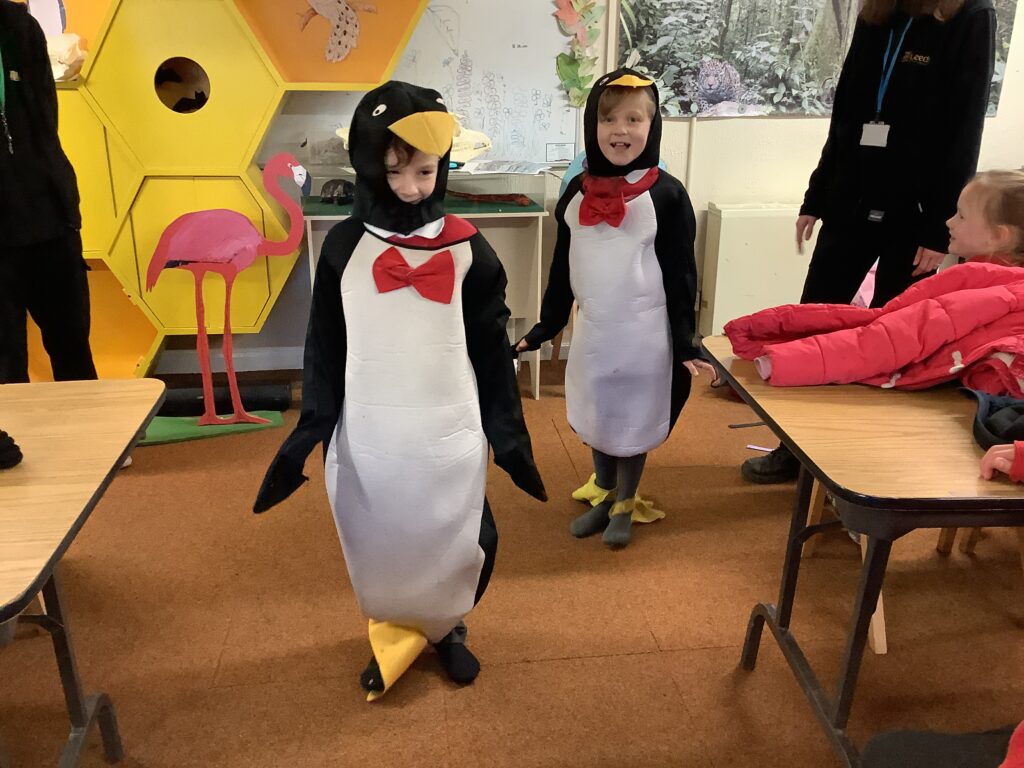
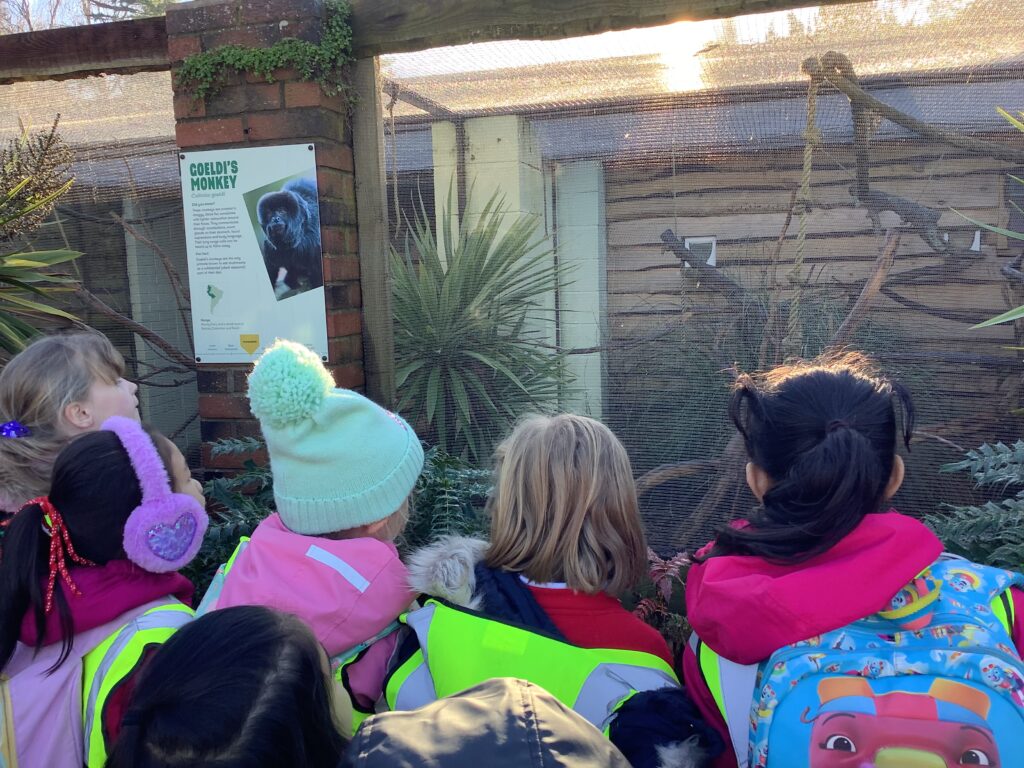


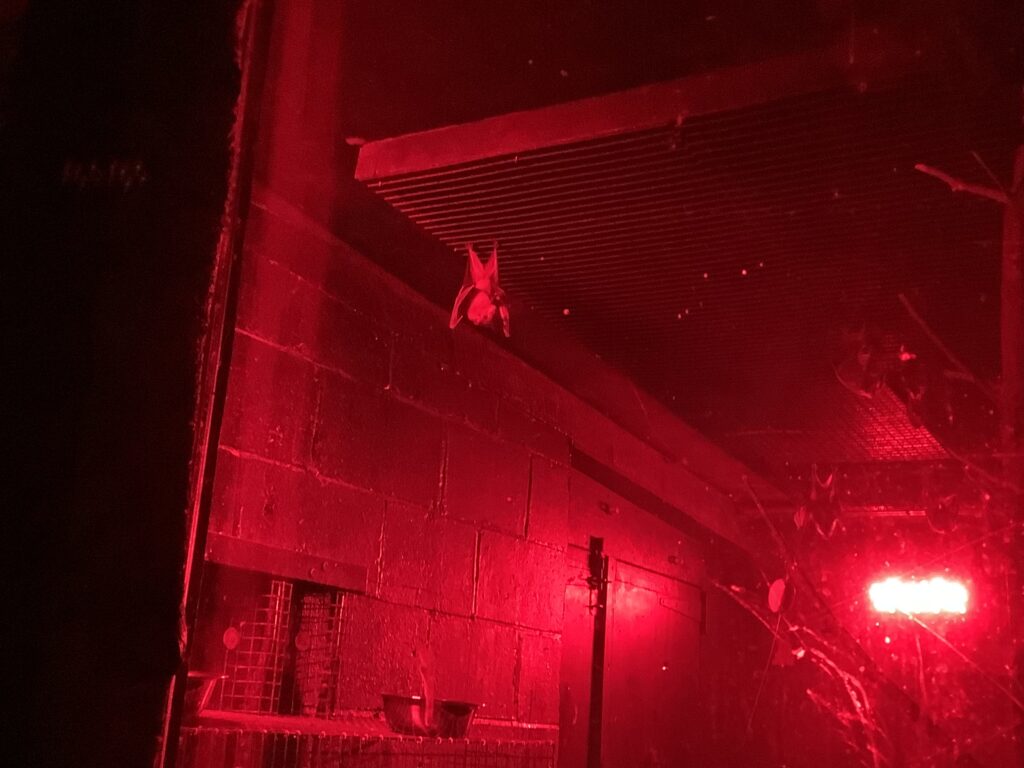


Help at Home by:
- Explore your garden or local park and talk about the animals and their habitats.
- Read books about animals and how they survive in the wild.
- Watch nature documentaries together
Maths: column multiplication
This week, Year 4 have started column multiplication! I’ve been so impressed with how quickly your children have grasped it.
We broke the process into three key steps:
1. Multiply the ones.
2. Multiply the tens and add any exchanges.
3. Multiply the hundreds and add any exchanges.
We’ve had a fantastic week in maths and look forward to seeing the children apply their column multiplication skills in worded problems next week!
Help at home: watch this video (column multiplication) of me showing you the column multiplication process and ask your children to complete these calculations:
- 532 x 7 =
- 283 x 9 =
- 538 x 3 =
- 379 x 4 =
- 247 x 9 =
Living and Learning: Drug education
For the past two weeks, we have been focussing on drug education. We defined a drug as ‘a substance that changes the way the body or mind works.’
Year 5 looked at what might influence a person to use drugs. They were asked to discuss what would most influence whether a person would use the drug. This is a group’s answer ranked with the most likely influence at the top.

They were then asked to rank what is mostly likely to influence someone not to use the drug. This was another group’s answer.

As this was group work, the children used their oracy skills of actively listening to others and respond respectfully as we know that people can have different opinions.
Knowing people can be influenced, we looked at the 3 different ways someone can respond to the pressure.

The children were given scenarios to read and asked to identify who or what the character is being influenced by and whether they are feeling pressure, including peer pressure (pressure from those around them). Then, consider the different ways the character could respond:
∙What would be an example of a passive response? For example, joining in with the group to feel included
∙What would be an example of an aggressive response? For example, shouting “no” and being rude to others
∙What would be an example of an assertive response? For example, saying a calm, firm but polite “no thanks”
Help at home: Read the scenario and discuss what would the 3 ways to respond be.

Living and learning: drug education
In our latest Living and Learning lessons, we’ve been learning about safety around medicines and household products.
We considered:
What are medicines?
What do they look like?
How are they used?
Why do people use them?
The children had lots to share about their experiences of taking different medicines and what they are used for.
Then, we considered safety rules at home and how to keep themselves and others safe.
Our medicines are in a high cupboard so my sister and I can’t reach them.
An adult has to give you medicine.
These things are kept in a locked cupboard in my house.
We then looked at some scenarios where we recognised the danger and suggested some ideas for what could be done to keep the people safe

The baby might drink the cleaner.
I would take the baby away.
I would tell a grown up straight away.

They are adult tablets and they should leave them alone.
They should have been somewhere where children can not get them.
Help at home: please reinforce this key safety message at home. Make sure your child is aware of possible dangers at home, such as medicines and household products, and how to seek help if they need it.
